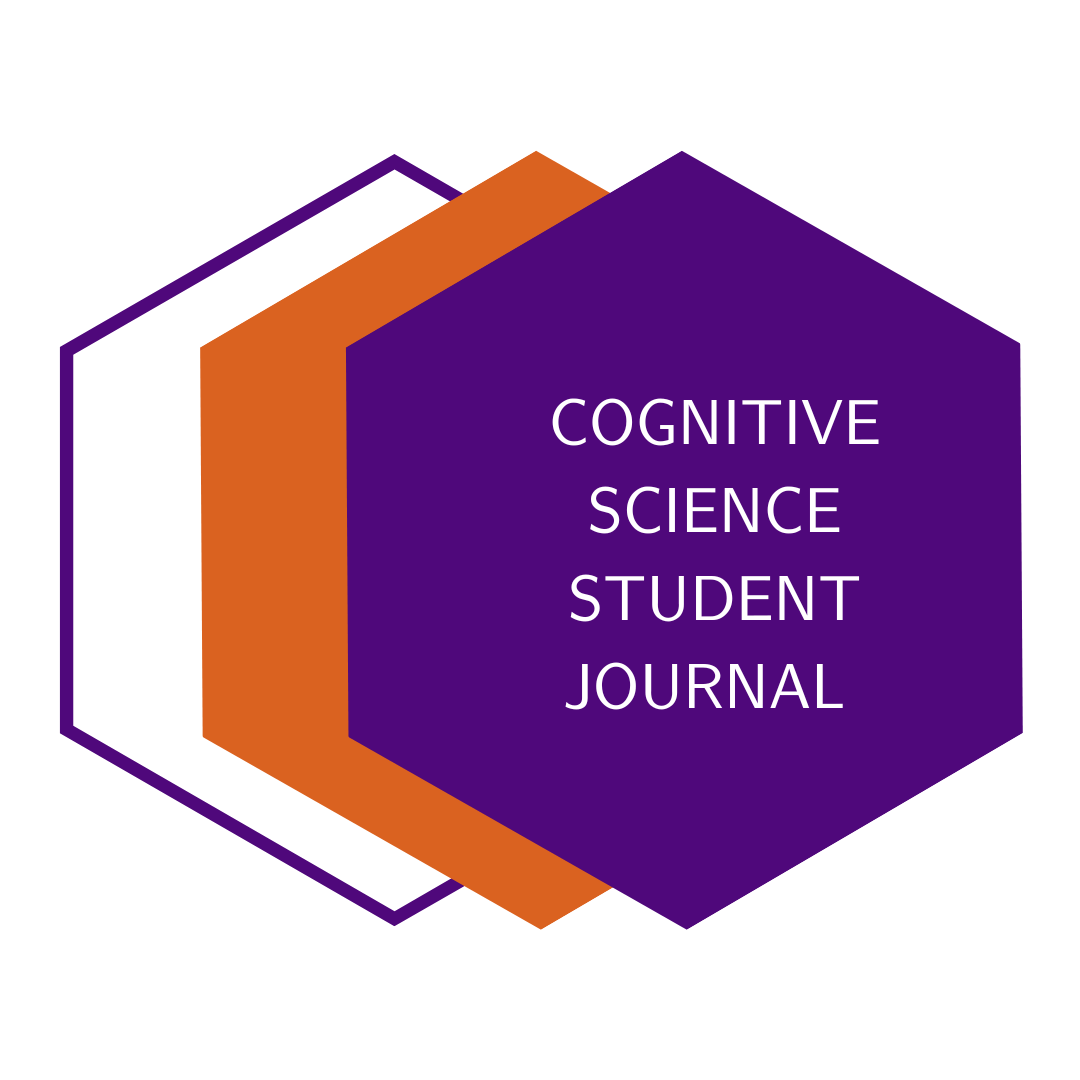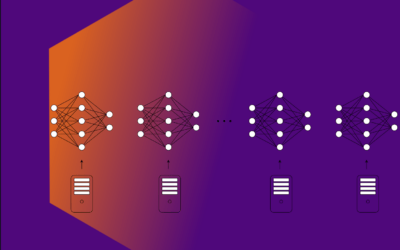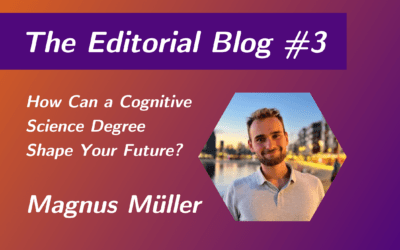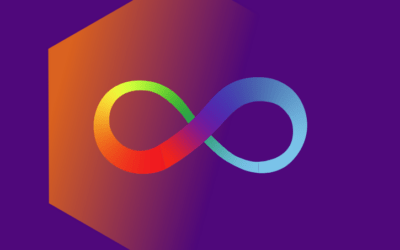If you have ever stumbled across one of these questions, you have come to the right place.
In today’s post, we will interview the creators of the Journal and uncover the various steps of the creation process of an idea, a common goal, born from the collective effort of a group of CogScis who envisioned a platform that would provide their fellow students with the recognition they deserve for their work. How many times have you found yourself putting an incredible amount of hours into a project or essay, only to see it fade into oblivion later? It was from this experience that last winter semester, Sabrina Frohn, Laura Krieger, Tobias Thelen and Lisa Titz, along with a group of tutors and motivated students, first decided to actively make a difference and took the lead by opening a new space to showcase and give recognition to valuable student work.
But let’s now meet some of the creators of the Journal.
Who are the minds behind the project?
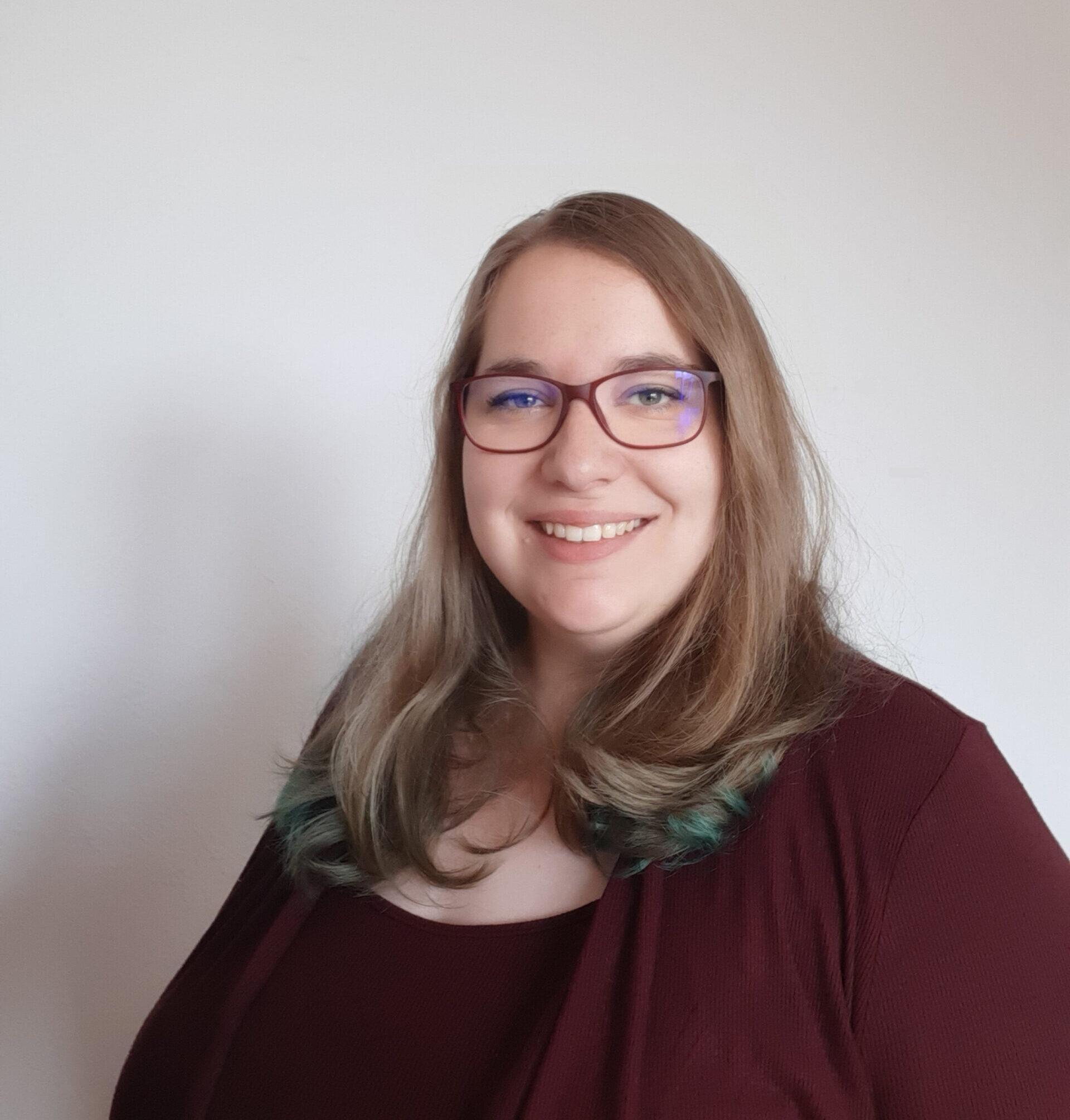


Outside of the Institute of Cognitive Science, I develop tools, processes, and didactic models for supporting higher education with technology. I strongly believe in Open Source software development communities and I am convinced that universities should work together to develop and evaluate their set of innovative tools and methods instead of being depended from edtech industry dynamics and market development.”
Source: T. Thelen, Institute of Cognitive Science Website, University of Osnabrück, accessed 11 December 2023, <https://s.gwdg.de/sNtzqj>.
Sabrina Frohn: “I first heard from Laura about the idea for the journal. I got inspired by her excitement and wanted to be part of realizing the Cognitive Science Student Journal.”
Laura Krieger: “The first source of inspiration was during my semester abroad at Aberdeen University in 2015, where I participated in the Science Journalism Society. Here, I first witnessed how fun it is to work in science communication and I dreamed about starting something similar.
In the later semesters of my Bachelor’s and Master’s studies at Osnabrück, term papers became the most common form of examination. With a group of friends, we regularly proofread our texts. Doing this, we saw how much our work improved with the feedback we got, as well as how we learned from the strengths and mistakes of our fellow students. And since we all diverged in other fields, it was a great opportunity to see what was taught in other classes.
One key moment was during my master’s degree, when I first wrote a term paper that I was extremely proud of. I put a lot of effort into it and got a good grade but at the end of the semester it was doomed to stay in the drawer of my lecturer collecting dust and there was nothing I could do about that.
During my PhD, the idea of a student journal solidified. I was focusing more and more on my field of research but missed reading about the diverse areas Cognitive Science students dive into. The final nudge were the videos our students produced for their Neuroinformatics homework. I was so impressed with their creativity and hard work, that I had to think about something to show their work to the world. This led to the conceptualisation of the journal.”
What were the specific goals that motivated the establishment of this Journal?
Sabrina Frohn: “On the one hand, I remembered the amount of assignments and projects I worked on during my Bachelor in Osnabrück and, conclusively, the potential in creating a platform to share and highlight student work with the scientific community. On the other hand, I was aware of how little I knew about academic publishing before I first got the opportunity to publish my work. Creating an environment for students to gain experience by publishing, as well as a teaching context that shares about the academic publishing process sounded like a great way to strive to a fairer access to academia.”
Laura Krieger: “The first goal was to give a space for students to showcase their work; to give them a safe environment to learn how the publication process works; to improve writing and communication skills by giving and receiving feedback. A second goal was to reach our readers and provide them with insight into the different fields of Cognitive Science. A third goal was directed towards the Institute: to advertise the interesting and diverse courses offered and to brag about the great students we have.”
What is the overarching vision or mission behind the Journal?
Sabrina Frohn: “There are multiple aspects to the Cognitive Science Student Journal’s vision. In my opinion, the Journal should provide a platform for students to share their work, it should, for the most part, be in the hands of students to transfer knowledge about editorial work of publishing, and it should contribute to positioning student work within the scientific community.”
Laura Krieger: “The vision is twofold: on the one hand, we want to highlight the great work that is done by the students at the Institute and give them a platform to showcase their work. On the other hand, we want to give insights into what Cognitive Science is by offering a glance into the diverse courses taught at the Institute.”
Can you highlight key milestones that stand out in the Journal’s history?
Sabrina Frohn: “These are some of the milestones that the Journal has achieved by now and that have outlined its development and evolution so far: from the first steps with the start of the funding by Stiftung Innovation Hochschullehre in October 2022 to the beginning of the first Student Journal block seminar in February 2023, the publication of the first articles in March 2023 and the Release Party in April , in only a few weeks, the Journal has seen incredible growth, thanks to the many motivated students actively contributing to its progress. The second semester of this journey started with many new projects: in particular, we organized a new Student Journal seminar; a new website was implemented to provide the Journal’s articles with surrounding content and a group of self-organized students started the project of the Kaleidoscience Podcast that is hosted via the journal.”
Laura Krieger: “After having the rough idea in mind, I pitched it to my supervisor Gordon Pipa. Gordon has the incredible quality to encourage you to follow your dreams and try new things. He set me in contact with Tobias, who is very keen to advance the students’ learning experiences and has a great overview of initiatives that offer finances. He proposed to join our goals in a project to enhance student publication at the Institute and we applied for funds. For me, the most memorable moment was when our application was approved. These funds allowed us to set up the whole journal professionally. And seeing and reading the first article was very memorable for me as well.”
How has the Journal evolved since its inception?
Sabrina Frohn: “The journal evolves with every seminar and seminar participant, and authors and their publication. All teams bring in their own ideas and interpretation of the journal’s vision. In the first seminar we focused on creating a brand identity and getting the first submissions published. A major focus was establishing a shared understanding and basis for the journal. One aspect of the second seminar in summer semester 2023 was creating the new student journal website as well as getting creative with marketing and website content. We added a focus towards the readers of the journal and engaging them. In the summer of 2023 the journal was approached by very engaged students who wanted to create a podcast and were interested to host it via the journal – since August we are proud to host the Kaleidoscience Podcast and collaborate with Elisa, Sönke, Alina and Sophie. I am excited to see how the current semester and all the people involved continue to shape the journal.”
Laura Krieger: “Thanks to Sabrina, Lisa and all the students in the first year, the Journal has become a well-organized and sustainable project that is already well-known and appreciated at our Institute. They created transparent structures that include an easy submission process, an interesting seminar, where students can explore and try out topics and skills that have not yet been taught at the Institute and a great website to showcase the work. I am excited to see what the coming semesters are adding to the project!”
Can you share any stories of how the Journal has made a positive impact on the Cognitive Science Community?
Sabrina Frohn: “I can mostly gauge the impact of the journal on the wider community when talking to people who know the journal without having a direct connection with the journal. For example, at the CogSci Space Day it was exciting to hear how many people have heard about the student journal before. I was at a Cognitive Science conference this summer and talked to people, many of which Osnabrück alumni, who have browsed the journal before. Within the Osnabrück community, it really sticks with me when we meet people at events like the release party who get inspired and later become authors or seminar participants. Excitingly, one of the articles published in the journal has been cited in a Master thesis.”
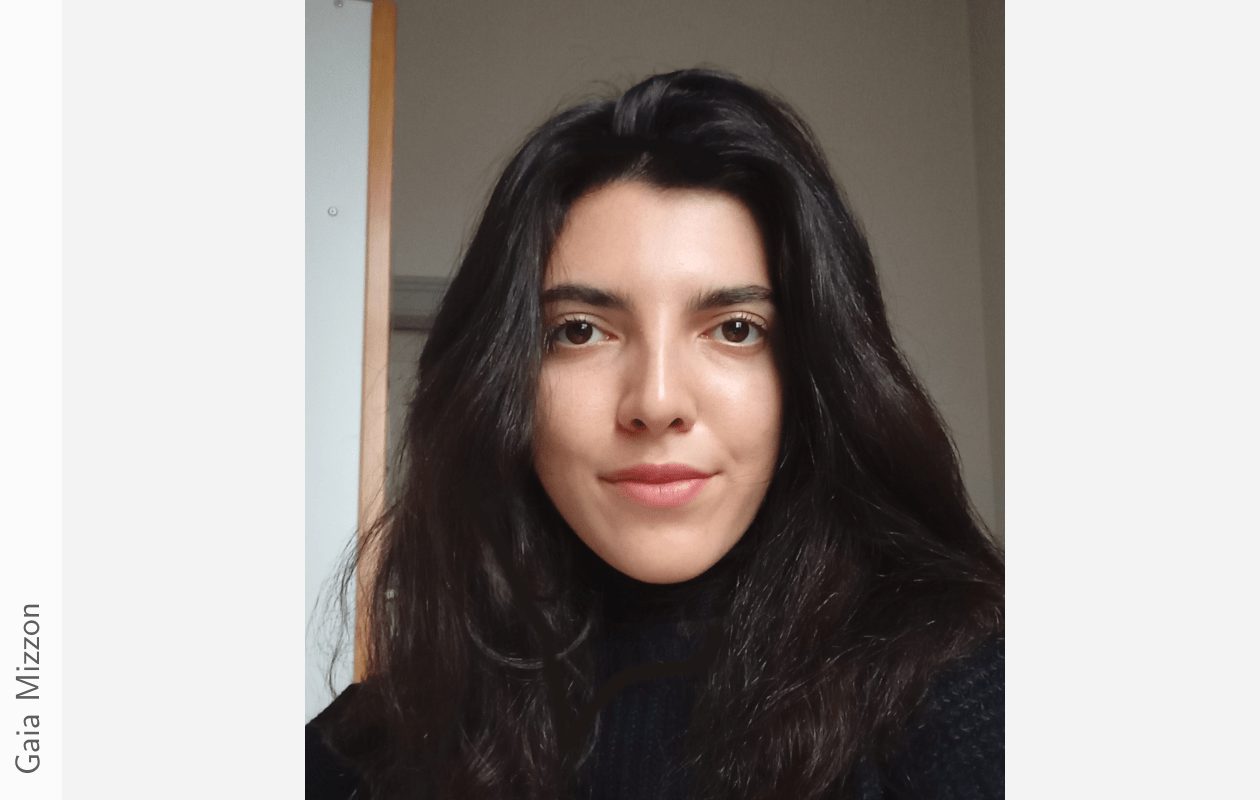
Gaia Mizzon
I am so thrilled to see how this project will develop and grow, thanks to the vibrant community that we are lucky to be part of.”
